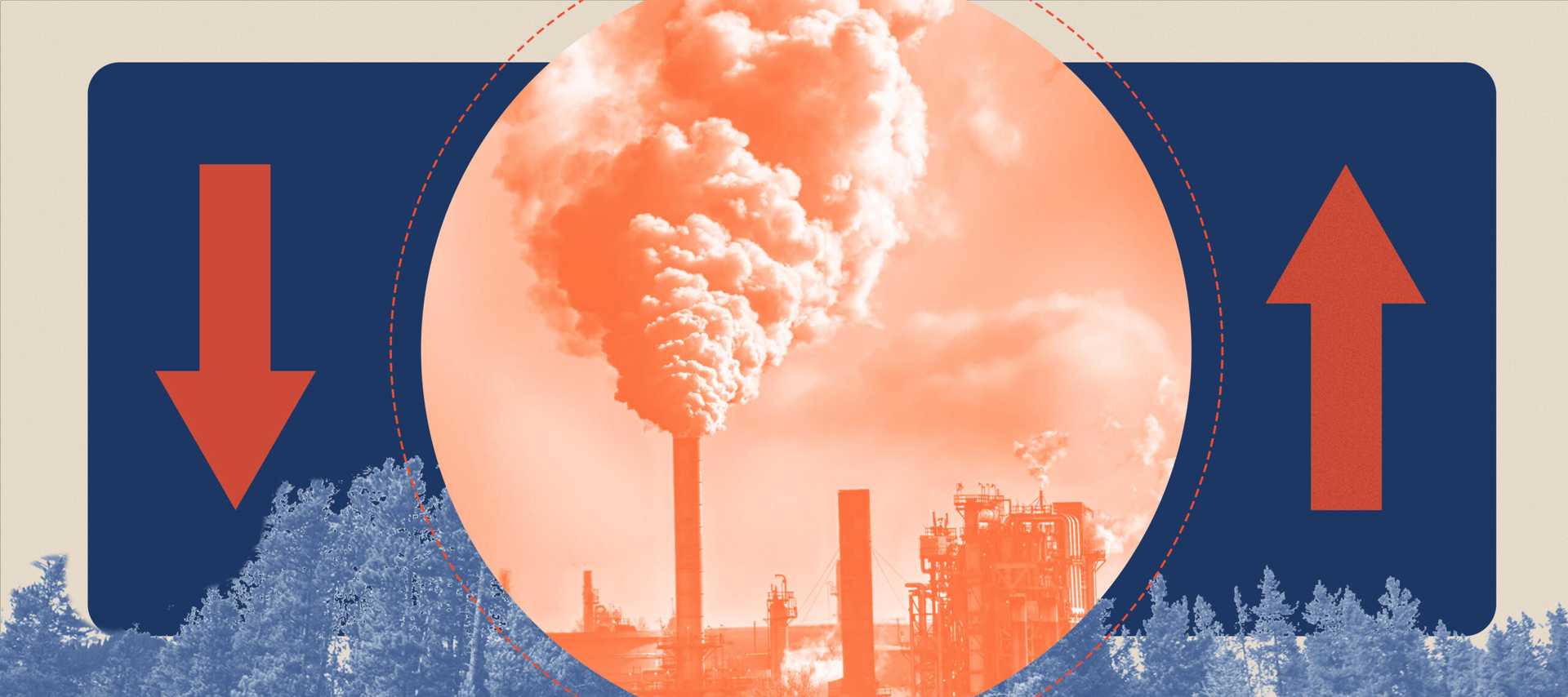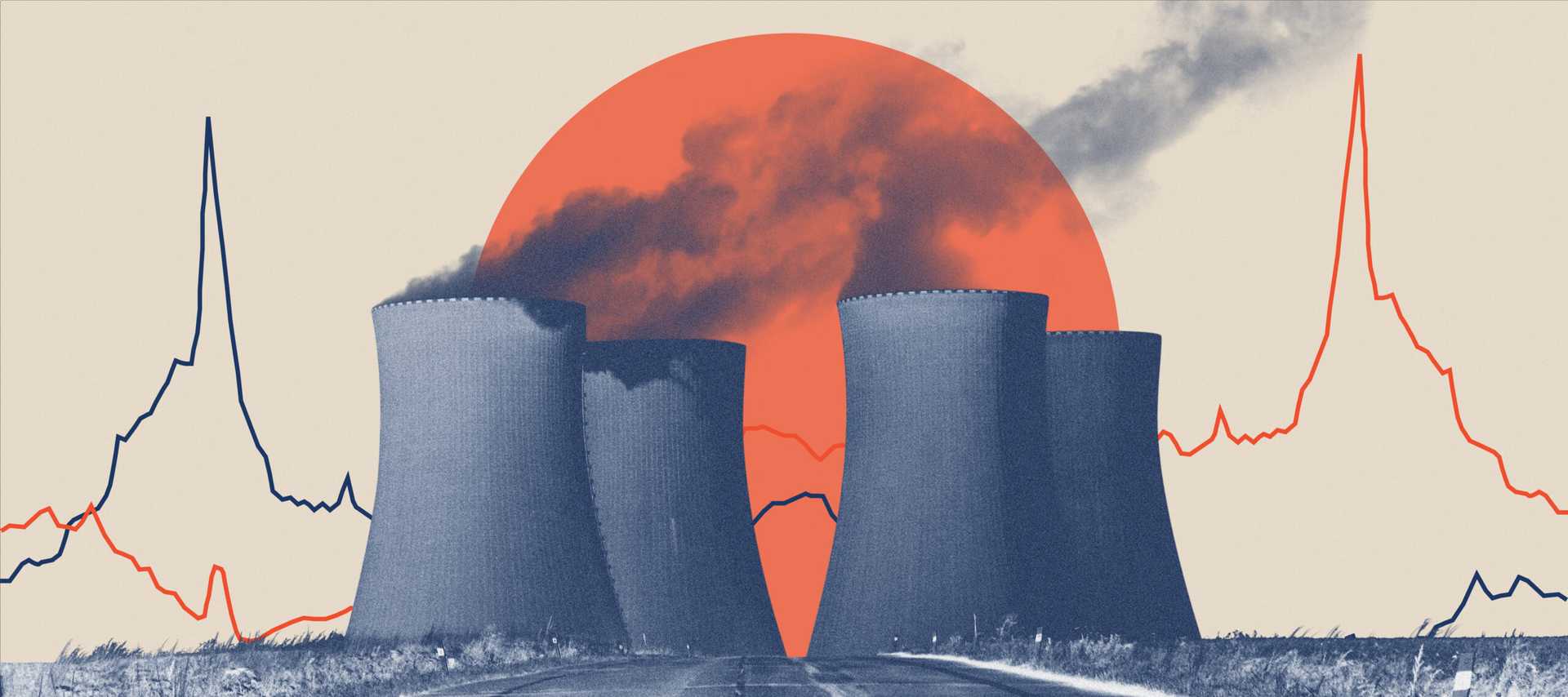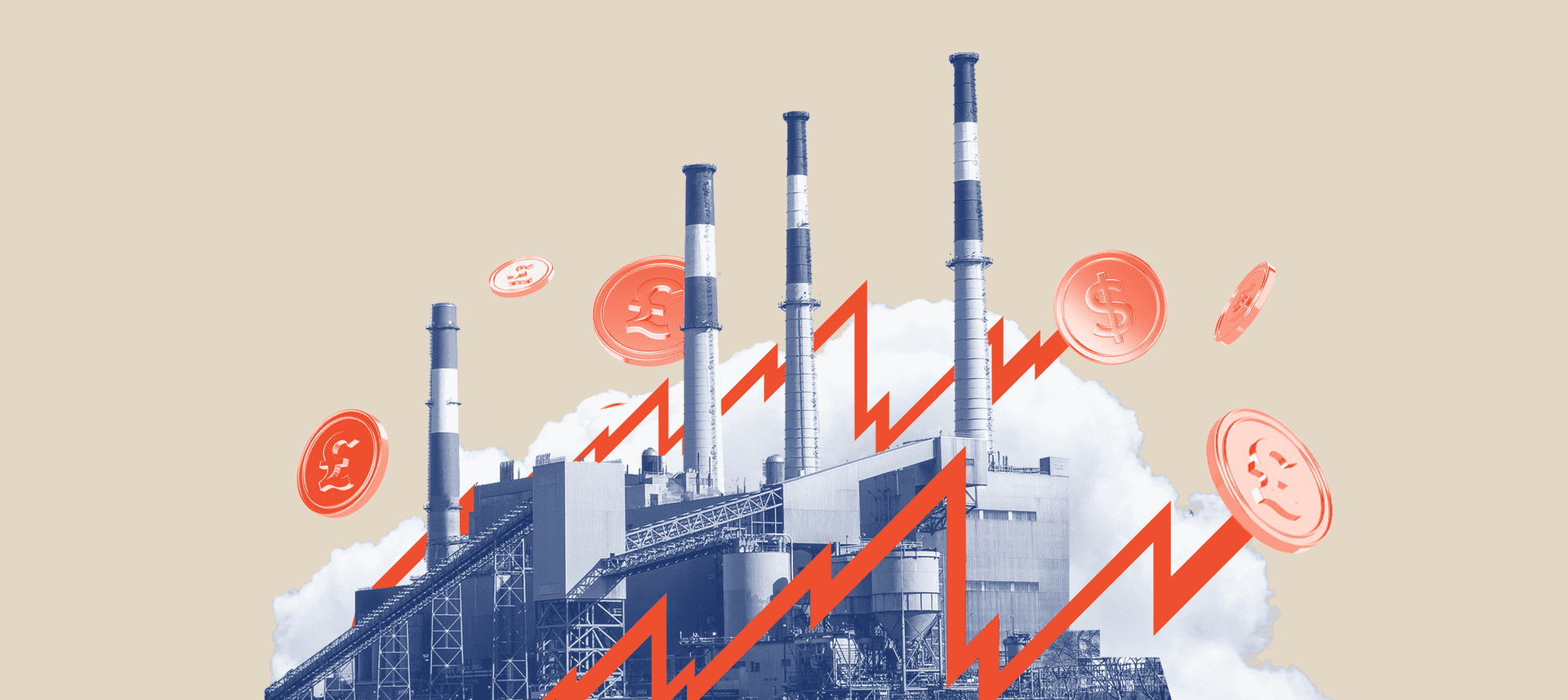The Shift To Greener Markets Is Underway
We have written before about The impact of sustainable trading on margin. One of the main components of this move to greener markets is the trading of carbon products.
But first of all, some big statistics:
- 75% of global coal usage happens in Asia, with China alone using 50%.
- China used more cement in 2 years than the USA used in the whole of the 20th century.
- Around 2% of cars are currently electric.
- Around 30% of power is generated using renewable sources of energy.
These last two figures are a big improvement on a few years ago, but still potentially not enough to keep temperature increases below the 2 degree target. Firms are still working out how they can meet the required carbon targets, and this is impacting trading on the power and energy markets.
Increased use of electricity for heating and transport is seen as a key part of meeting these targets. To support this, it is predicted that global grid capacity will triple by 2050, with power generation moving to renewable sources alongside nuclear.
However this isn’t going to be plain sailing:
- The recent cold snap in the UK, combined with a lack of sunshine and wind, meant that not enough power was available. The country was forced to resort to coal fired power stations, that were supposed to have been decommissioned, to prevent power cuts.
- In the US, the areas most suitable for generating renewable power, such as the Great Plains or the deserts of the South West, are some of the areas with the smallest population. To get the power to where it is needed requires a reliable transportation system, but the US transmission grid is seriously in need of an upgrade.
Carbon Targets Impact On Margin Calculation
Where power generation is less reliable, balancing becomes more important. The need to meet carbon targets is leading to increased trading of carbon certificates. This is all adding to the complexity of the power and gas markets.
ICE probably has the most related products currently listed. A quick scan shows 46 “carbon” products, 13 labelled “greenhouse” and another 27 based on “energy certificates”. Other markets currently list far fewer products, but where one leads the others often follow.
The proliferation of ICE products is also impacting the margin calculation. Within the IRM 1.0 algorithm currently used by ICE, offsets are allowed between related products that may be being used for hedging. The latest parameter files show 500 of these intercommodity offsets being available for the carbon products alone. This makes estimating the margin requirement for a typical portfolio impossible without having fully implemented the methodology.
This is just looking at the carbon products in isolation. These are likely to be traded alongside standard power products such as PJM, or as well as gas contracts such as TTF. The ability to generate renewable energy is also dependent on weather conditions, so it is possible that weather derivatives might form part of a portfolio. All of these will also be subject to intercommodity offsets, meaning that even a small change in a position can have an unpredictable impact on the total margin requirement.
In addition, the prices for many of these products are very volatile. Much has been written about the ups and downs of the power and gas markets over the last three years. But carbon permit and certificate prices can be equally volatile. And this is reflected in the margin rates applied to these products; the higher the volatility and the larger the price moves the higher the margin requirements.
Forecasting requirements, and hence liquidity needs, can also be difficult in a volatile market. Analysis of the most recent margin rate changes for carbon products on ICE shows that the changes ranged from plus 300% to -10%, with a lot more increases than decreases.
The rise in the margin requirements is seriously affecting the costs of trading and hedging, as well as creating liquidity issues in funding these requirements. Firms are needing to decide what is important to them and to find ways to minimise their margin. This needs optimisation tools that can look pre trade to determine likely margin levels and the best place to trade, comparing the use of different trading venues and brokers. And then post trade, solutions are needed that can rebalance positions; moving risk around to keep margins as low as possible.
Margin and liquidity are big issues for the majority of firms. But for power traders who need to consider carbon targets, the problem can be even more difficult to solve. Because of the impact of the move to renewable energy on electricity generation and transmission, there are multiple products that can make up a portfolio, leading to added parameters and complexity that must be taken into account when calculating and optimising requirements.




